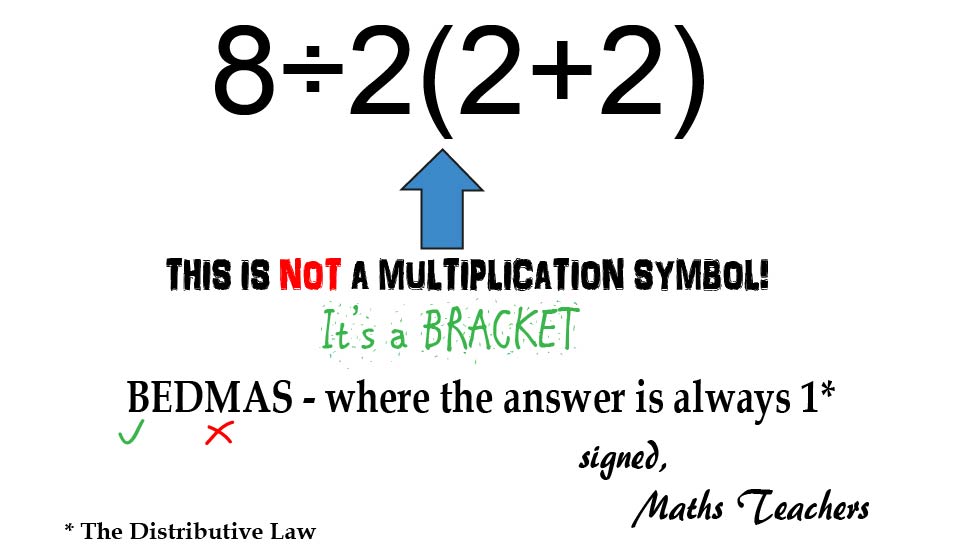💡𝚂𝗆𝖺𝗋𝗍𝗆𝖺𝗇 𝙰𝗉𝗉𝗌📱
- 147 Posts
- 188 Comments
the .NET environment is vast and can be confusing, especially when new to it.
Yeah it was prompted by someone on Mastodon asking about it, and Rocky saw it. I saw the reply too, and thought it was still a little vague, then a few days later this blog post turns up :-)
BTW if anyone wants to follow him he’s Rocky Lhotka. He’s on Pixelfed too (and Bluesky), but not as much work stuff on his Pixelfed account.
I think omitting .net core is not the best decision.
Yeah that confused me a bit too, then I found he talked about it underneath the table

 1·3 months ago
1·3 months agoP.S.
not just to the point of ignoring, but actively down-voting
I’ve been downvoted when I’ve made actual factual statements (which should be upvoted!) - people do like to express their displeasure 😂

 1·3 months ago
1·3 months agoI guess this community doesn’t want this kind of content, even if it’s the official dev blog

 1·7 months ago
1·7 months agoGot quick feedback from Gerald on Mastodon. This is a change that went live with 8.0.3 in November (then we had all those fun and games with 8.0.3 not updating!), hence why the GA users are only just now running into it. If we need the folder - i.e. in order to have something to link to - then just manually add the net8.0 back into the csproj, do a dotnet restore, and then it will build.

 1·7 months ago
1·7 months agoLinks from this talk
Join dotnet.social and auto-follow @SmartmanApps@dotnet.social
How to follow multiple hashtags in a column
Github bots by Carlos Sanchez of Microsoft…
Guide to Mastodon for dotNetMAUI and dotNet peeps
Github repo of Maho Paheco of Microsoft
Maho’s guide to implement ActivityPub in a static site (or any website)
Follow Maho’s blog from Mastodon (or almost any Fediverse service!)
Follow Microsoft DevBlogs (federated thanks to Maho)

 1·7 months ago
1·7 months agoSorry. I forgot about we were ending daylight savings this past weekend, so the times are actually GMT+10 now.
“expand out” the multiplication first is a convention that the mathematics community agreed on, not a fact that can be proven

 2·7 months ago
2·7 months agoAs a Maths teacher, almost daily 😂
Thanks for the effort!
You’re welcome.
Just proves, never too late to learn :-)
I would have got 1 by doing 2(2+2) = 8 first. Not because of bracket but because of “implied multiplication.”
Yeah, right answer but wrong reason. There’s no such thing as implicit multiplication.
What I am learning here: 8÷2(2+2) is not same as 8÷2×(2+2)
Correct, and that’s because of Terms - 8÷2(2+2) is 2 terms, with the (2+2) in the denominator, but 8÷2×(2+2) is 3 terms, with the (2+2) in the numerator… hence why people get the wrong answer when they add an extra multiply in.
number next bracket is not the same as normal multiplication in rule book
Right, because it’s not “multiplication” at all (only applies literally to multiplication signs), it’s a coefficient of a bracketed term, which means we have to apply The Distributive Law as part of solving Brackets.
÷ & × have right of way rule with whoever is left most wins
Yeah, the actual rule is Left associativity, and going left to right is the easy way to obey that.
multiple always happens first. But apparently it’s what’s left side first
Multiplication and division are equal precedence (and done left to right) if that’s what you’re talking about, but the issue is that a(b+c) isn’t “multiplication” at all, it’s a bracketed term with a coefficient which is therefore subject to The Distributive Law, and is solved as part of solving Brackets, which is always first. Multiplication refers literally to multiplication signs, of which there are none in the original question. A Term is a product, which is the result of a multiplication, not something which is to be multiplied.
If a=2 and b=3, then…
axb=2x3 - 2 terms
ab=6 - 1 term

P.S. feel free to read through and use my thread on order of operations.
inside radicals
I had to look up what that meant (should’ve done that the first time - sorry) - have never heard that before, must be a local terminology.
So, square roots (or other roots) can be expressed as an exponent - e.g. the square root of 2 is the same as 2 to the power ½ - so that’s covered by “E”, exponents! (or I for Index, or O for to the Order of, depending on your area)
I appreciate your mention of the importance of teaching the difference between operators and terms
Thank you.
My pedagogical background is in the sciences and I’m much better at doing math than teaching it
Oh god, welcome to why I have so many people argue with me, a Maths teacher, about it. There’s a whole bunch of Youtubes and blogs out there by Physics majors. I’m like “OMG, why are you trusting someone with a Physics major over someone with a Maths major - god help me”.
I would like if math classes (in my area) did more explicitly teach the difference between terms and operators
So what area are you in? A country will do. You said PEMDAS so I’m guessing the U.S.? I’ve heard via Youtubes/blogs that indeed there is more confusion with what is taught there, but I ended up Googling for U.S. textbooks, and found the same thing being taught in the textbook, so I’m not sure where this “that’s not what they teach in the U.S.” is coming from (why I was Googling for U.S. textbooks in the first place). Is the standard of teachers there actually worse than elsewhere? Or is it perhaps (possibly more likely) that there’s just more U.S. people posting, therefore more people who’ve forgotten the actual rules, and are just (as I’ve seen many times) they’re just blaming it on what they were taught (which I’ve usually found isn’t true at all).
Ok, that’s a start. In your simple example they are all equal, but they aren’t all the same.
yn+y - 2 terms
y(n+1) - 1 term
y×(n +1) - 2 terms
To see the difference, now precede it with a division, like in the original question…
1÷yn+y=(1/yn)+y
1÷y(n+1)=1/(yn+y)
1÷y×(n +1)=(n +1)/y
Note that in the last one, compared to the second one, the (n+1) is now in the numerator instead of in the denominator. Welcome to why having the (2+2) in the numerator gives the wrong answer.
The y(n+1) is same as yn + y
No, it’s the same as (yn+y). You can’t remove brackets unless there is only 1 term left inside.
if you removed the “6÷” part. It’s
…The Distributive Law.
It doesn’t make sense in BODMAS either. Expanding Brackets has precedence of… Brackets, not “multiplication” - “Multiplication” refers literally to multiplication signs, of which there are none in this question.
I’ve taught a class of kids that has various disabilities. Having a disability doesn’t make you stupid.










Just to be clear, it’s not MY book, but the book of whoever’s blog that is (Michael someone) - that’s the title of the blog post “My book…”.